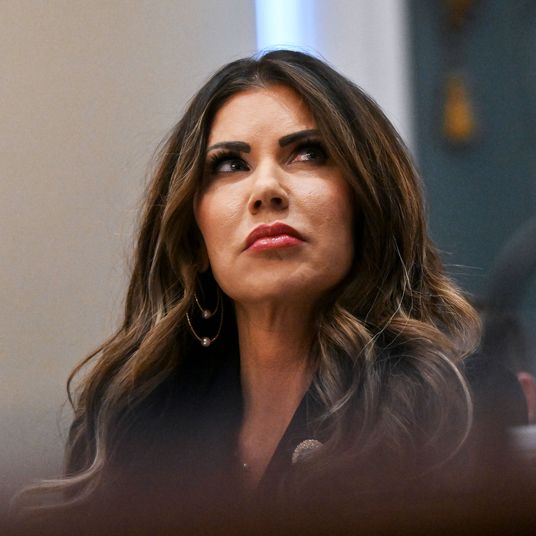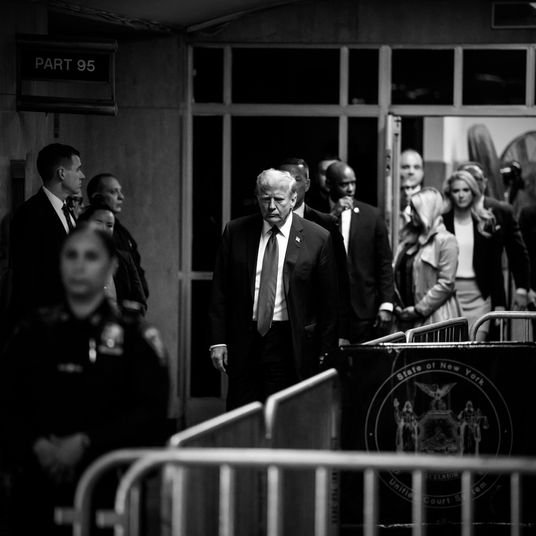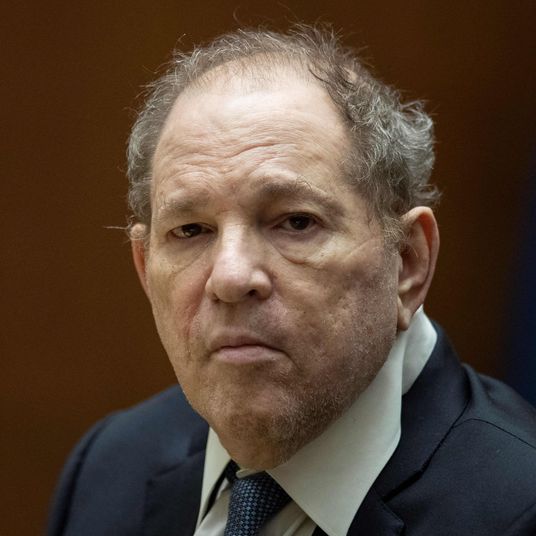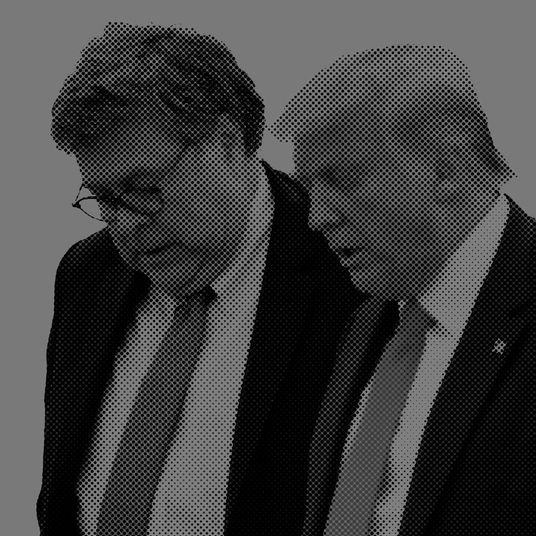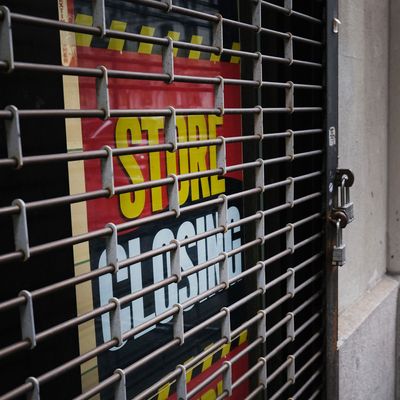
A lot of current economic data tell a grim story about the state of the American economy. But there are also rays of hope, and signs that the massive stimulus package Congress passed may help forestall a crisis as bad as some had feared. I spoke with business columnist Josh Barro about the path forward.
Ben: On Thursday morning, we learned that another 1.5 million people filed for unemployment last week — a worse number than forecast. Meanwhile, the coronavirus, while contained fairly well in the states that saw the worst outbreaks at the beginning of the pandemic, is surging in the South and West. You wrote a couple days ago that the economy is “rapidly re-normalizing,” and that the CARES Act passed by Congress back in March had mostly done its job. (You also expressed plenty of caution that things could get worse.) Do today’s numbers, combined with the increasingly bad news out of places like Texas, Florida, and Arizona, make you any more pessimistic about the general state of play?
Josh: No. In the early stages of this crisis, the initial claims data — which comes out weekly on Thursdays and is one of the most quickly and frequently reported indicators about the state of the labor market — gave us an idea of the unprecedented speed of job loss due to the crisis. But in more recent weeks, the figures have for whatever reason been misleading. Wall Street forecasters who badly missed in their predictions about the May jobs report (which showed a gain of 2.5 million jobs, not the loss of several million that had been expected) were heavily relying on the initial claims data.
Other data points we’re seeing, including that jobs report, the strong May retail sales report, and sentiment surveys like one about home builders, point in a much more positive direction. As for Arizona and other states where coronavirus data are worrisome, that’s a concern, and shifting sentiment about whether the reopening will get stalled or even (in some places) reversed is one of the factors that’s been driving volatility in the stock market. But we have more knowledge and more capabilities than we had in February and March, including much more widespread testing and significantly more developed surveillance and contact-tracing strategies. So that makes it less likely we’re going to need to revert to full lockdown anywhere. I do worry that it will be many months before certain industries, like restaurants and movie theaters, can return to anywhere close to normal operation.
Ben: Stimulus checks, enhanced unemployment benefits, and the PPP program have been lifelines for the individuals and businesses most severely affected by the crisis — like, for instance, the restaurant business you mentioned. While it seems likely that Congress will pass some kind of new aid package in the coming months, it’s unclear whether the political will exists to keep these programs going to the extent that some industries might desperately need them. How confident are you that Washington will be able to adjust to what’s happening on the ground in the coming months?
Josh: This is going to sound weird, but the fiscal response in the CARES Act has, to date, been more than adequate. You can see that in the April data on personal saving, where Americans saved 33 percent of their after-tax income, by far a record. When I say that, I don’t mean the CARES Act was too big. What I mean is, the law gave households more money in April than they needed in April. They will need the money later. But the initial overshoot gives us some room to undershoot in months going forward, as households draw down that saving. There is to some extent a similar phenomenon with small businesses and the PPP. This is important to keep in mind when considering how big the next aid package needs to be. There will need to be another aid package. We won’t be at an epidemiological normal by the end of July, and there are a lot of industries where most jobs have not yet returned. Many jobs will never return, and it’s going to take time for workers and business owners to find new things to do, and they will need enhanced unemployment benefits in the interim, both to protect their own families from destitution and to protect the broader economy from a demand gap that slows the recovery. State and local governments also need aid to stop the need for damaging cuts to state and local government services.
There may also be useful things the government can do to incentivize businesses to hire and grow during the recovery, though I’m somewhat skeptical about how well that can be targeted. Steve Mnuchin has been clear that the administration wants another aid package that includes unemployment and state and local government aid elements. There will be carping from Republicans in Congress and from more conservative officials in the administration, but Mnuchin has been the prime mover on the administration’s economic responses to date — in part because he’s the only person in the administration who seems to be able to have a conversation with Nancy Pelosi — and this is also a key priority for Democrats, so I expect it will get done.
Ben: Does the news and data from the past several weeks make you think that perhaps we won’t see the sort of extended, 2008-style crisis that had seemed reasonably likely to happen?
Josh: The May jobs report showed that we are most likely already out of the recession — it ended in April — and the May retail sales report showed that the drop in retail sales from their peak (which was set in January) is already significantly less severe than the drop in retail sales that we saw at the depths of the last crisis in 2009. So yes, I think this economic crisis will prove to be significantly less severe than the 2008 crisis, barring a huge worsening in epidemiological conditions beyond the trouble we are seeing in certain states in the South and West. I am not surprised by this. The driver of this economic crisis is fundamentally temporary — there is an infectious disease that interferes with much of our normal economic activity, but which we are getting better at managing and eventually will address in such a way that we can completely return to normal. The driver of the last crisis was essentially persistent, a major loss in household wealth due to the popping of an investment bubble that forced years of retrenchment as households worked to fix their balance sheets. The government fiscal response has also been, to date, appropriately sized, which it was not in 2008-9. And the Fed and other central banks have gotten better at stabilizing financial markets through these crises, in part because of what they learned in the process of responding to the last crisis.
As I wrote this week, I think there has been a tendency for certain journalists and economic observers to overstate the magnitude of the likely economic crisis that would result from the coronavirus pandemic because of a fear that if policy-makers are not afraid enough, they will undershoot on the fiscal response like they did last time. And maybe overstating the likely size of the economic crisis has actually pushed lawmakers to respond more appropriately. But I don’t think it was ever right to say this was likely to be worse than 2008-9, economically.








